How Easter Egg Trees Almost Became an American Tradition
Like the Christmas tree, they were probably a German import.
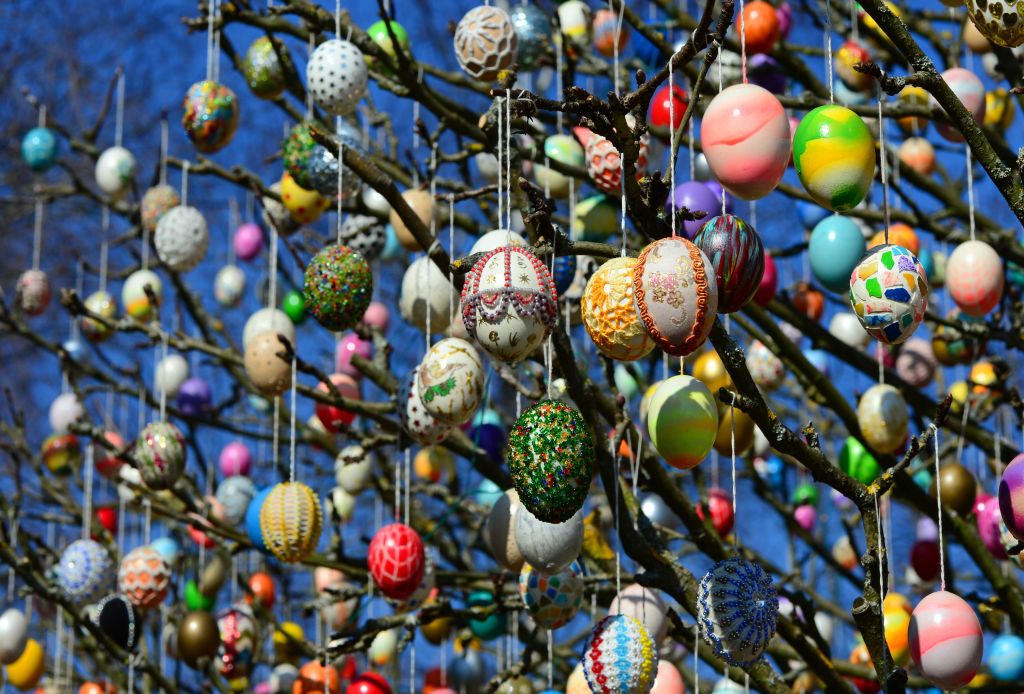
In the spring of 1895, Louis C. Tiffany, of stained-glass and jewelry fame, held a lavish “Mayflower Festival” to benefit a local hospital. “Among the evening’s entertainments,” writes culinary historian Cathy K. Kaufman, “was an Easter egg tree, dazzling with different colored eggs.”
This wasn’t unusual at the time. In the era before plastic eggs, many Americans carefully emptied whole eggs of their contents and colored them brightly for Easter, occasionally hanging them on tree branches with scraps of ribbon or thread. In 1890s New York, it was even something of a craze. But despite brief bursts of popularity, Kaufman writes, today “egg trees are a dismal failure when compared to Christmas trees, found only in a few public fora and very scattered homes.”
Much like the Christmas tree, the custom likely came to the United States with German immigrants, entrenching itself among the Pennsylvania Dutch. (Although the Easter egg tree is typically a bare-branched tree hung with eggs, rather than an evergreen.) Across parts of Pennsylvania and Appalachia, Kaufman writes, women considered egg trees a type of good-luck charm, especially when it came to fertility.
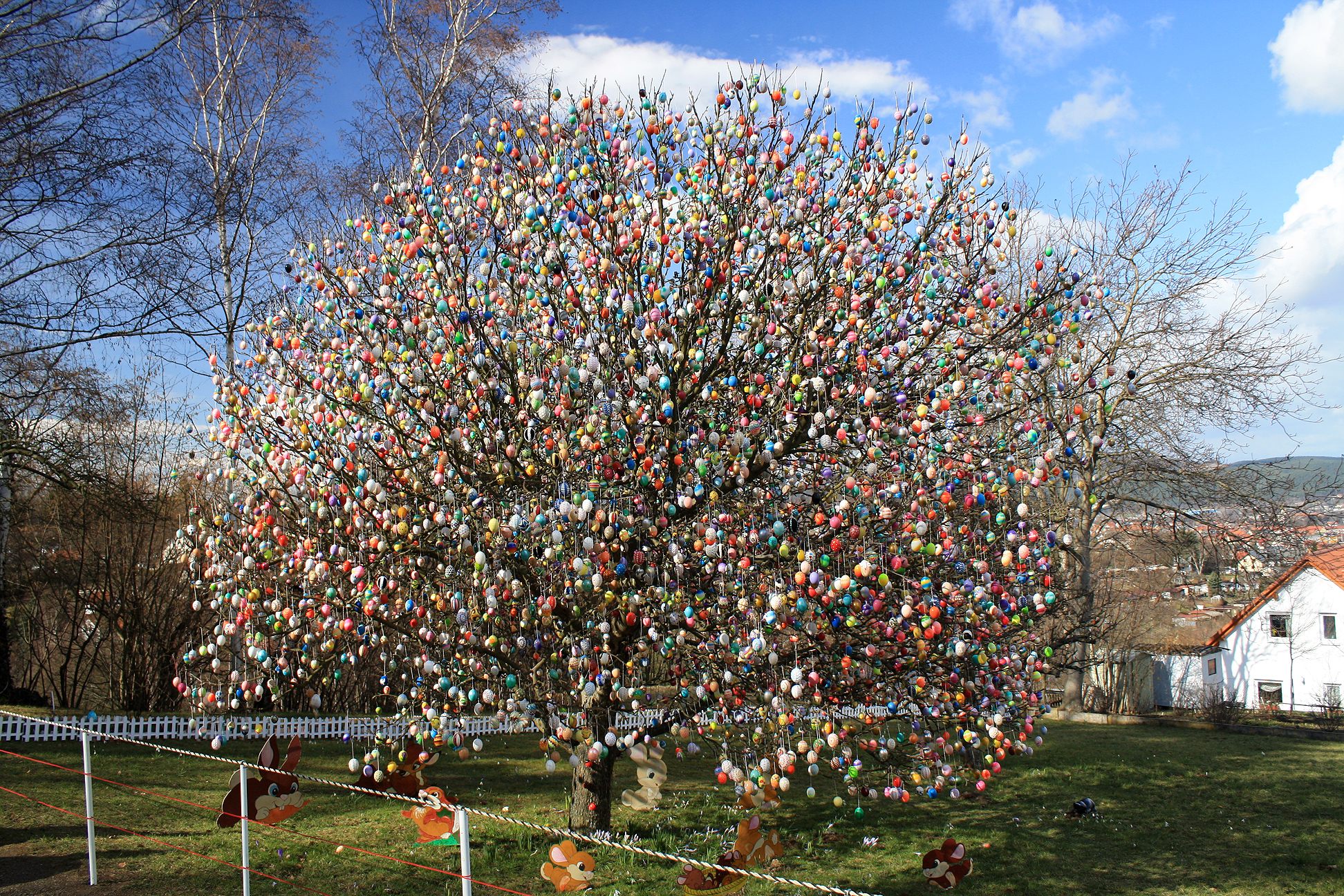
The Easter tree achieved more widespread popularity in 1950, after Katherine Milhous, an American author, published the Caldecott Medal-winning children’s book The Egg Tree. Pennsylvania Dutch scholar Alfred Lewis Shoemaker credited The Egg Tree with a “nationwide acceptance, overnight, of the custom of decorating a tree with colored eggs at Easter.” Milhous herself prepped and painted 600 eggs for the New York Public Library’s Easter tree that same year. But Shoemaker spoke too soon. The tradition slowly faded in New York, with the Metropolitan Museum of Art only discontinuing its yearly Easter egg tree in the 1980s. Hollowing out fragile eggs and hanging them on trees, Kaufman writes, seemed unable to compete with the relative ease of simply placing eggs in a basket.
Today, the American Easter egg tree tends to be a craft project shared on Pinterest, or springtime decor for churches or town squares. But in Europe, the egg tree endures. Easter egg trees have hundreds of years of history, especially in Germany. The exact origins of the Ostereierbaum are mysterious, but eggs have long been a symbol of rebirth and spring.
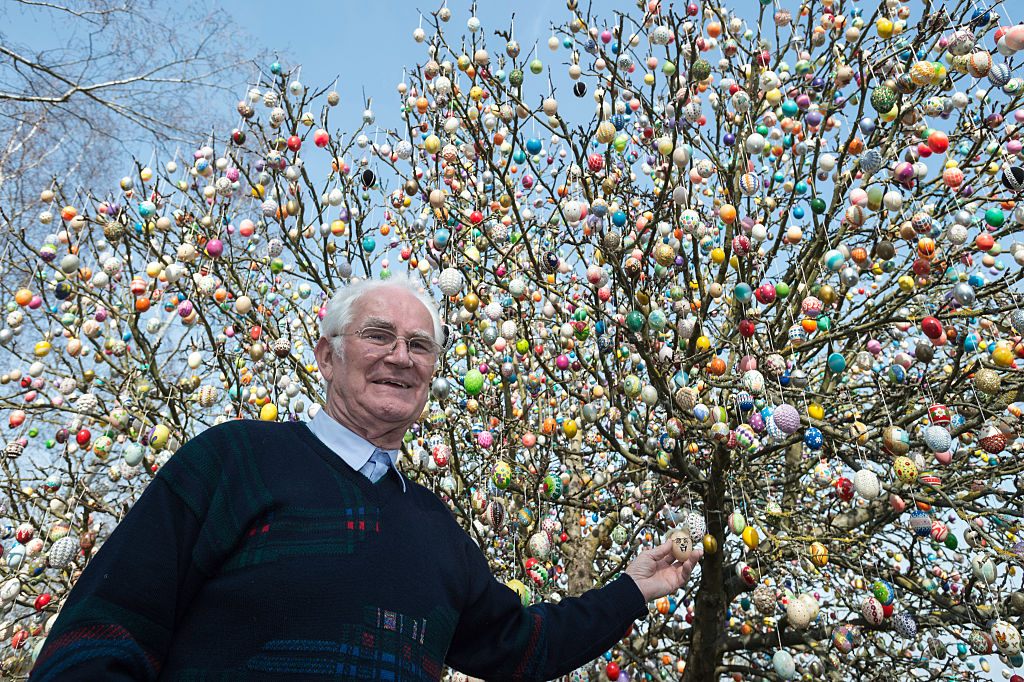
Until recently, one spectacular example of an ostereierbaum ruled them all. In Saalfeld, Germany, one local couple, Volker and Christa Kraft, decorated their home garden’s massive apple tree with tens of thousands of decorated eggshells. In 1965, the then-sapling could only hold 18 plastic eggs. In 2012, after years of drawing thousands of awed visitors each spring, the Krafts hung 10,00 hand-painted eggs from their tree. Volker told the Associated Press that any more would strain the family’s storage capacity. “I would have to sleep with the eggs otherwise.”
Unfortunately, hanging 10,000 eggs became too arduous for the aging Krafts, and the town briefly struggled to find another suitable tree to showcase the family’s eggs. This year, on April 5, the mayor hung the first of the Kraft’s gorgeous eggs on a locust tree near the town’s Blankenburger Gate. But whether plastic or painted, hanging or hard-boiled, chances are both Americans and Germans will enjoy a lot of eggs this Easter.
Gastro Obscura covers the world’s most wondrous food and drink.
Sign up for our regular newsletter.



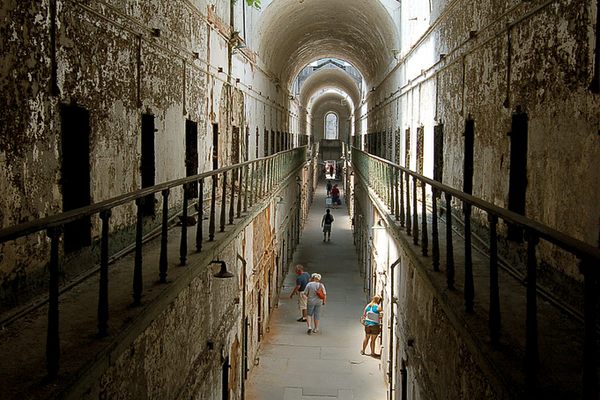
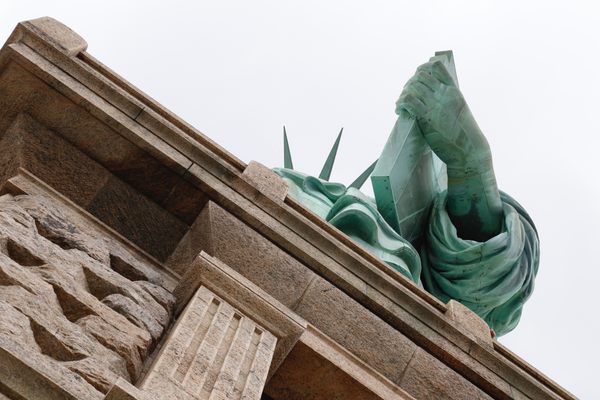


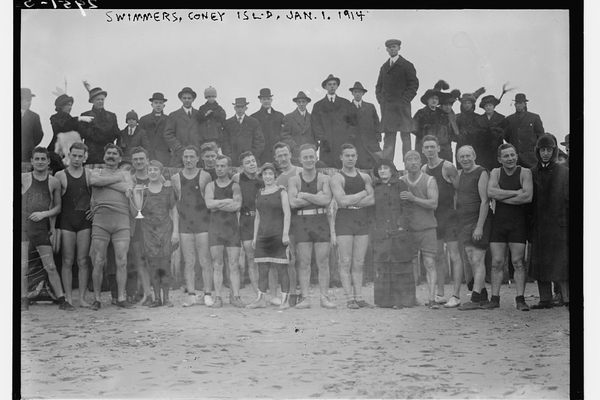

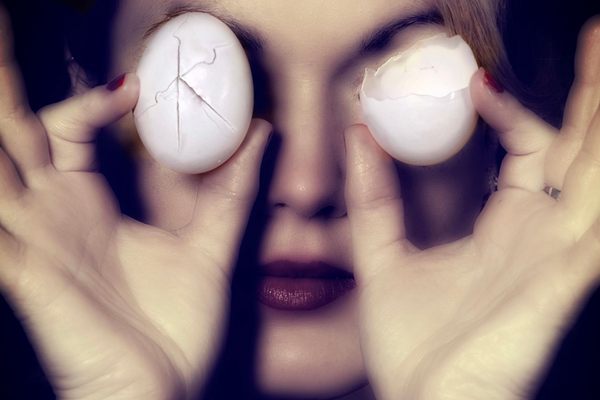


























Follow us on Twitter to get the latest on the world's hidden wonders.
Like us on Facebook to get the latest on the world's hidden wonders.
Follow us on Twitter Like us on Facebook